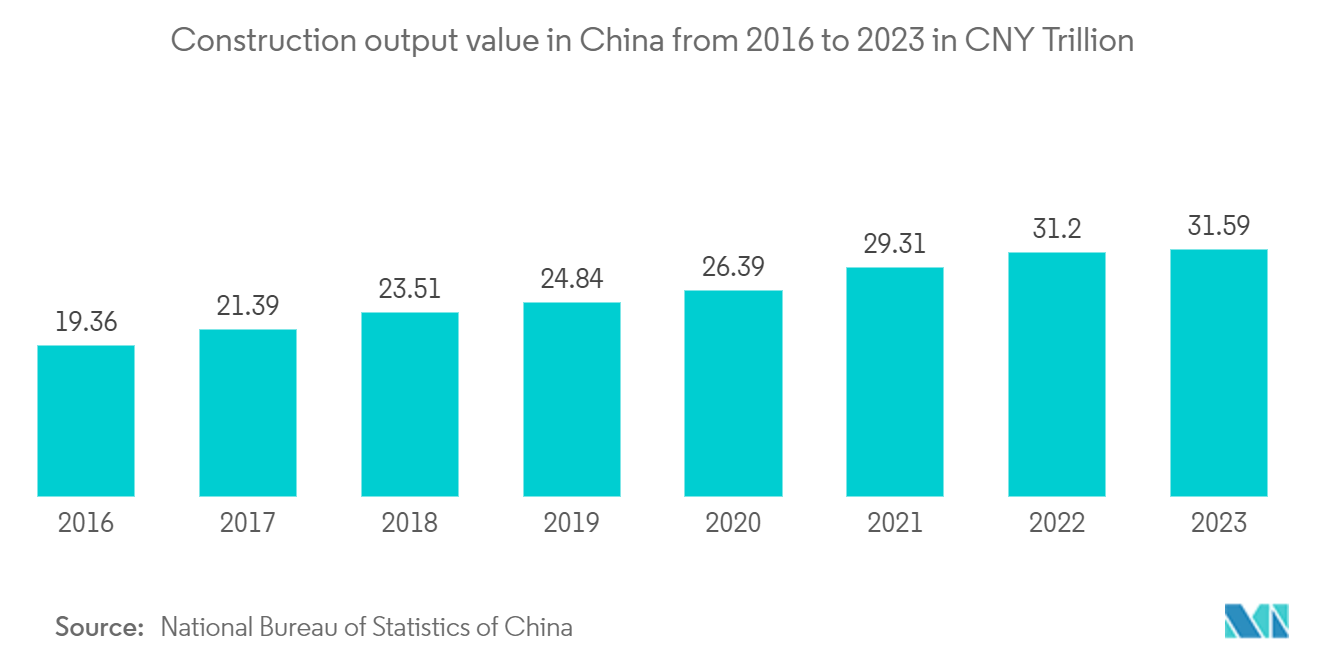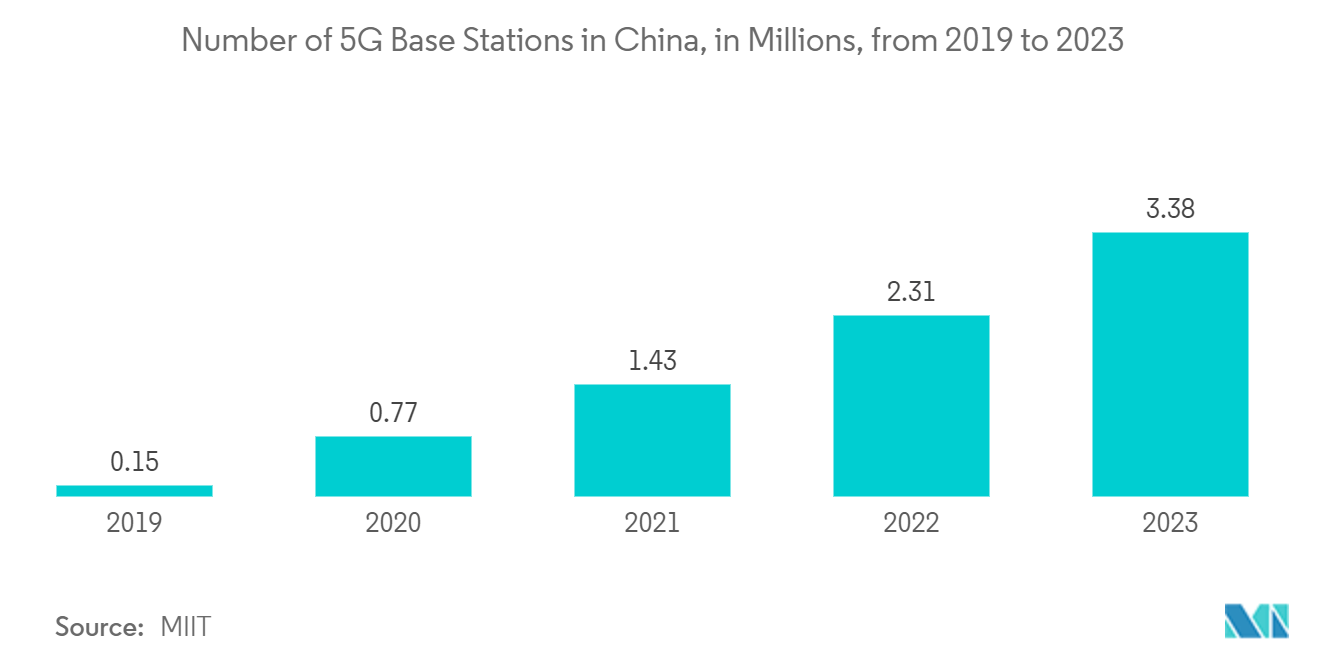Market Trends of China Access Control Industry
Biometric Readers are Expected to Witness Remarkable Growth
Crime and terrorism rates are rising, forcing governments to enact strict security measures in all their jurisdictions. The adoption of electronic access control systems is likely to remain high due to the growing requirement for securing the sensitive projects and information of numerous government organizations and intelligent bureaus. The requirement to protect residential and commercial projects from terrorism also contributes to the market's expansion.
The increasing requirement for high-quality access systems, reduced costs, and the increasing functionality of biometric systems are driving growth in the market. These systems also offer other key benefits, which include increased productivity and elimination of system inaccuracies, tracking excessive overtime, enabling multifactor authentication, and multi-nodal authentication (i.e., use of multiple data enrollments).
Banking and financial institutions are actively implementing biometric readers to prevent fraud, quickly authenticate banking customers, track and monitor customer activity, and provide a safe banking experience to users. The increase in identity thefts in the country drives the demand for biometric readers and smart card-based access control systems.
With the fingerprint reader being the most widely used biometric reader device, recent innovations in biometrics technology are facilitating the development of innovative access control systems, including facial recognition, temperature measurement, etc. Many major companies are releasing biometric scanners with increasingly better enhancements and technologies.
The rapid improvement in sensing technology and continuous growth in the development of biometric sensors increase the capability of biometric readers, making them a more advanced authentication solution. Shenzhen Goodix Technology Co. Ltd, a Chinese semiconductor manufacturer, developed an ultrasonic fingerprint biometrics sensor for faster authentication. Such developments in technology and components will accelerate the demand for biometric readers.
The favorable policies and the advent of IoT have laid a foundation in the country. According to GSMA estimates, the country may account for approximately 4.1 billion IoT connections by 2030, almost one-third of the entire global IoT connections by 2025. Initiatives such as Smart Cities Projects, the National New-type Urbanization Plan, and the Made in China 2025 strategy are expected to fuel China's access control market.

The Commercial End-user Vertical Holds a Significant Market Share
Access control systems have emerged as the preferred way to manage access to a commercial building, office, or business. These systems significantly improve property security and convenience across offices, businesses, and other commercial properties. Rising instances of employee thefts also create significant demand for these systems.
With the advancements in wireless technology, wireless hardware components are able to cater to the growing demand for physical security, such as wireless locks and wireless controllers, thereby minimizing the usage of physical cables and conduits. Also, the growing adoption of cloud technology services reduces the requirement for servers and software, further reducing the time and cost of installing physical devices in the long run and facilitating secure remote access.
Biometrics is one of the most commonly deployed systems in a wide variety of commercial applications. Biometrics has existed at the periphery of access control technology for decades, limited by high costs, accuracy issues, privacy concerns, etc. However, with the decline in prices, improving quality, and privacy concerns, it has become a viable access control technology in recent years. The increased network bandwidth and 5G evolution accelerated the demand for contactless and smart access control systems.
In October 2023, Thales launched a new smart card, SafeNet IDPrime FIDO Bio, a security card that has strong multi-factor authentication. The new contactless smart card enables users to securely and quickly access enterprise applications, devices, and cloud services with a fingerprint instead of a password. The smart card enhances the adoption of passwordless multi-factor authentication, enabling customers to authenticate and enroll using biometrics.


